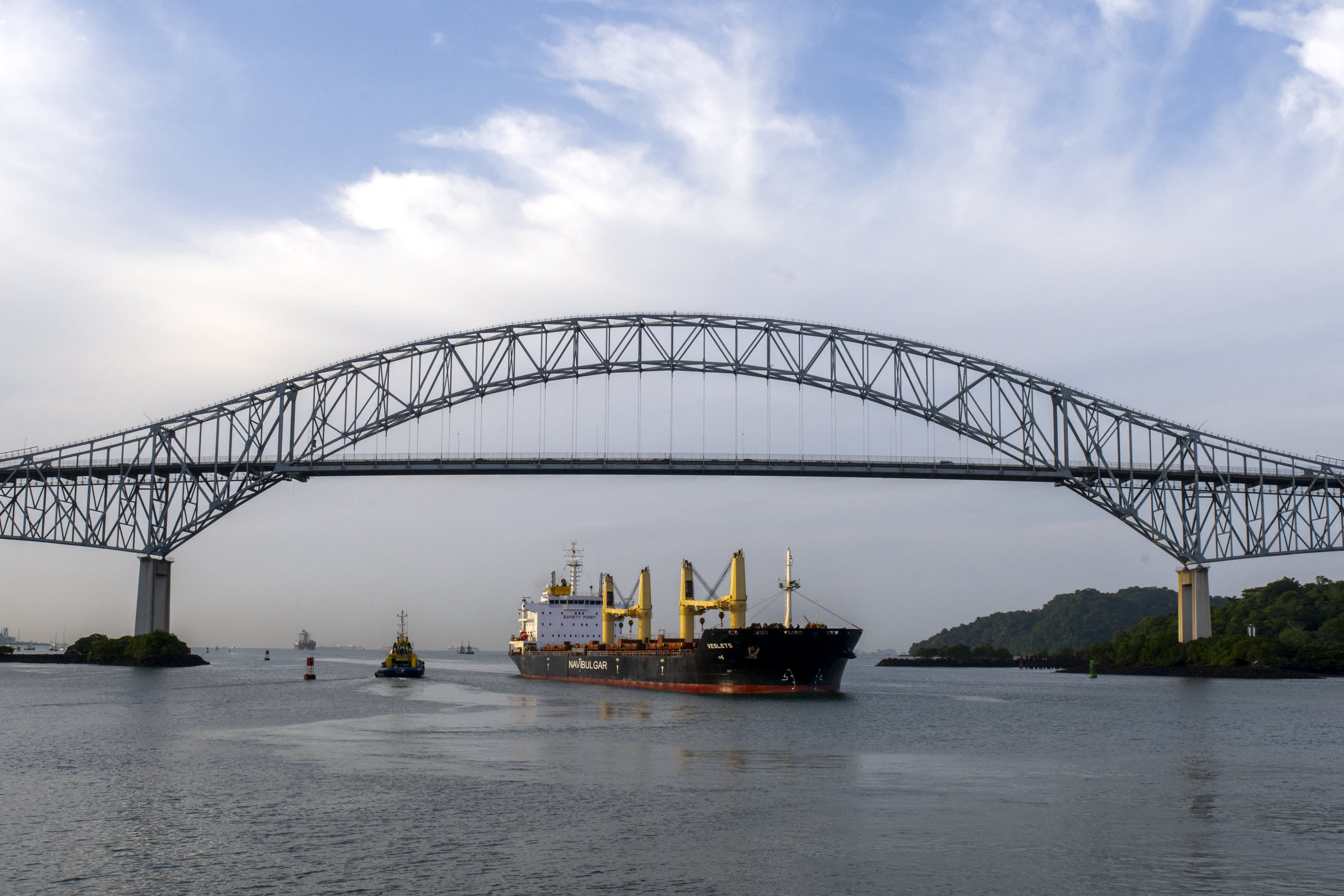An El Niño climate pattern is in place as Southern California enters winter and what are historically the region's wettest months of the year.
So what does the seasonal variation mean for SoCal's weather in the months ahead? Read below.
What is El Niño?
El Niño is a warming of the water in the equatorial Pacific off the coast of South America, typically during the winter months. We categorize El Niño strengths based on the how far the water temperature is from normal. The categories range from “Weak” to “Very Strong.”
Get top local stories in Southern California delivered to you every morning. Sign up for NBC LA's News Headlines newsletter.
El Niño is a seasonal variation, not an individual weather system.
What does El Niño mean for Southern California?
It is hard to say.
The change in ocean temperatures can affect weather patterns across the globe, but no two El Niños are alike. In addition, El Niño is just one part of an extremely complex puzzle that makes up the atmosphere and what we see with day-to-day weather.
Our last strong El Niño was in 2015-16 -- one of the strongest El Niños on record -- but it ended up being one of the driest years ever for Los Angeles. One of California’s worst drought years also occurred during a strong El Niño in 1977-77 and the following year, still an El Niño, had more than 31 inches of rain.
The most recent El Niño was 2018-19. This last winter was La Niña.
So is it going to be another wet winter?
Maybe, maybe not.
One of the biggest misconceptions is that every El Niño will be like 1997-98 when downtown LA picked up 30.57 inches of rain. Some El Niño seasons have been dry, some wet, and others are closer to average.
Our rainfall depends more on the number of atmospheric rivers, and the strength of them, through the winter. Atmospheric rivers are large plumes of moisture in the sky over the ocean that usher water from the tropical regions near the Earth's equator and into California, contributing to some of the state's wettest winters on record.
Also, keep in mind that the odds are working against us. We’ve had more than two years of rainfall in a single season. This was only the eighth time that we’ve had more than 30 inches of rain in downtown LA. In the previous seven instances, all but one year were followed by a drier than normal season.
What are some things we might see?
El Niño has been tied to an increase in Pacific hurricane activity, and a decrease in activity in the Atlantic. Some parts of the globe will see dry weather, and sometimes North America will see wetter than average weather.
During the summer, as El Niño develops, we may see fewer 90-degree days in downtown LA than normal.
Is El Niño caused by climate change?
No, it is a naturally occurring phenomena. It can contribute to one-year spikes in global average temperatures.
When will El Niño hit my area?
It won’t, because it is a warming of the water in the equatorial Pacific off the coast of South America. While it may influence weather patterns around the world, it does not generate storms or weather systems.



